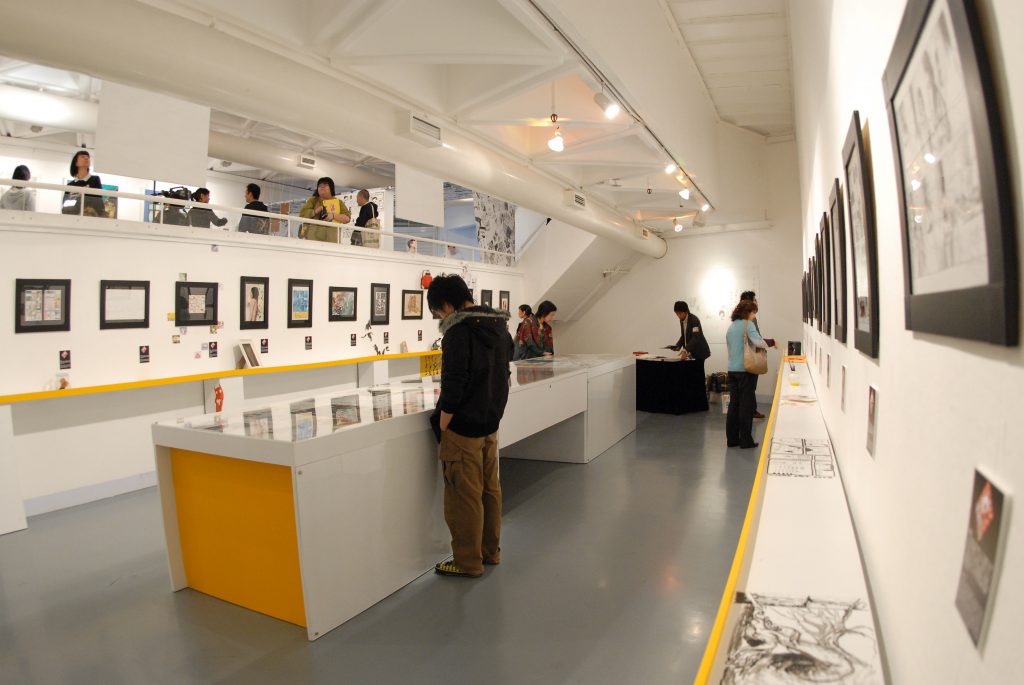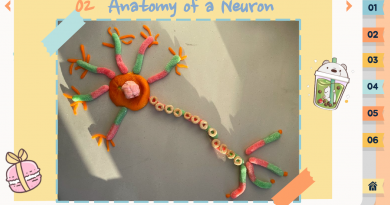Buried Treasures in Boston’s Backyard
Title by Ava Masse

The common thread that brings these posters together is a focus on how the visual arts impact our lives. The uses of art differ from poster to poster in productive and powerful ways: the positive mental health benefits it can bring to communities, the ways that effective design can lead to safer roads, and the stories and histories we can find within them. During a time when so many of us are seeking solace through art, these posters give us a poignant look at how and why.
Amanda Yuan’s poster entitled “Art Interventions and Their Impact on Well-being: A Case Study on Pao Arts Center in Chinatown” looks at the mental health benefits that art can bring to people’s lives. Amanda asks, if art is common in our daily lives as a source of entertainment or relaxation, why should we not look at the ways that it can help improve psychosocial well-being as a whole? She does an extensive literature review of arts interventions in clinical and community settings, explores the impacts of arts participation, and develops a thorough analysis of how these impacts might be generated. Furthermore, she has worked with a brief case study and review of preliminary evaluation data from Pao Arts Center in Boston’s Chinatown, a community based arts center committed to strengthening and centering the voices of Chinatown community members in the development of their neighborhood during a time of rapid change, to demonstrate the value of community-centered arts programs. Arts interventions show promise as a tool to strengthen the well-being of individuals and communities, and deeper investigation is necessary to ensure inclusive, effective implementation of these initiatives.
In Maria Fong’s poster entitled “Storytelling through Public Art with Boston Chinatown Community,” she talks about her experience of collaboratively creating a public art project in Boston Chinatown with a program called Residence Lab, organized by Pao Arts Center and Asian Community Development Corporation. Alongside two Chinatown residents, Po Chun and Sylvia, she addresses pedestrian safety on busy roads not designed for easy crossing through visual designs .Youth in Chinatown had previously presented to Transportation Department officials on why and how they wanted specific pedestrian safety interventions, such as curb extensions, leading pedestrian intervals, and refuge islands. She further drew on this work with her team and asked other residents to draw on worksheets about their experience crossing the street, soon sending the results and demands to the Transportation Department. She believes in the power of art to bring people together, enjoys how it gives voice to silenced stories, and further sees it as a way of participating in a much longer history of activism.
Sofia Zamboli’s project entitled “Unearthing the History of Tufts’ Own Tomb Wall with a Funerary Scene” was centered around a tomb wall in the Tufts University Art Gallery’s collection. The object is titled “Fresco with a Funeral Scene” and was made in the 5th-4th centuries BCE and comes from Greco-Lucanian culture. Her research question focuses on how to best identify and interpret this unpublished fragment of the tomb fresco from the Ancient Greek, Lucanian, and Roman town of Paestum in Southern Italy. Using high resolution images sent by the Tufts University Art Gallery, she was able to make detailed observations of the tomb wall to better understand Paestan funerary culture. Southern Italy was colonized by Greece in the 8th century BCE. In 500 BCE, the Italic tribes in Central Italy decided to take over Paestum, a successful port city. The Lucanians, one of the Italic tribes from the Apennine mountains, invaded. The Greeks and Lucanians lived harmoniously together, intermarrying and forming a unique Greco-Lucanian culture. Many elements of this are apparent in the tomb wall that Tufts owns.


